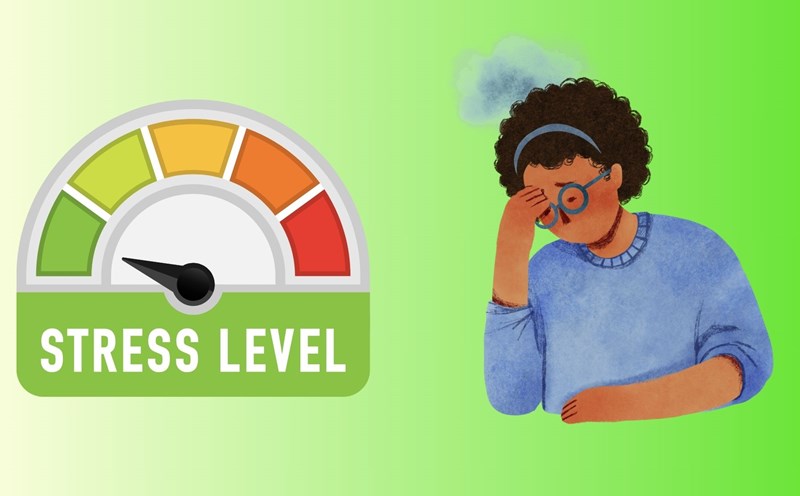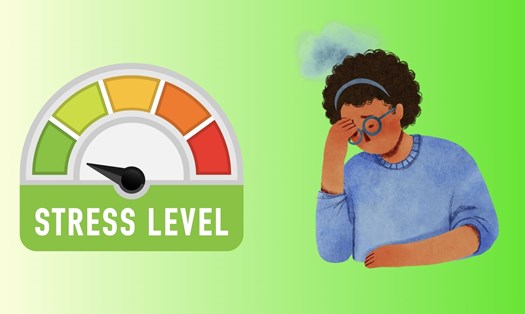What is increased ventilation?
According to Dr. Vikram Vora, Medical Director and Medical Director (Indian Subcontinent), International SOS, increased ventilation is a condition of breathing faster or deeper than necessary, leading to reduced carbon dioxide levels in the blood. When CO2 levels decrease, the pH in the body changes, causing dizziness, tingling at the fingertips, difficulty breathing, and even fainting.
In essence, this is the body's natural reaction to stress or a threat, but in modern life, this reaction is often triggered by psychological anxiety rather than real risks.
The link between anxiety and increased ventilation
When people feel anxious or scared, their bodies respond by increasing their heart rate and breathing rate, says Dr Vikram Vora. However, in most cases of anxiety, there is no real risk that requires the body to function like that.
Breathing faster than necessary reduces carbon dioxide levels in the blood, causing shortness of breath, chest tightness and dizziness. These manifestations make the patient more anxious, leading to a faster breathing rhythm and a series of repeated reactions between anxiety and rapid breathing. more anxiety, creating a vicious cycle between anxiety and rapid breathing.
Common symptoms of increased ventilation due to anxiety
People with hyperventilation may experience the following symptoms:
Feeling short of breath or unable to breathe deeply
Chest pain or mild chest pain
Difficulty in the face, dizziness or fainting
Itching or numbness in the hands, feet, lips
Rapid or suspenseful heartbeat
Feeling unrealistic, confused or scared
These symptoms sometimes impersonate serious conditions such as heart attack or asthma, making the patient more scared and making the condition worse.
How to control rapid breathing due to anxiety
Increased ventilation due to anxiety is not dangerous but needs to be properly controlled. You can:
Controlled slow breathing: Inhale for 4 seconds, hold for 2 seconds, exhale for 6 seconds through your mouth, repeat until calm.
Practice mindfulness: Focus on breathing, sound, and surrounding feelings to reduce anxiety.
Relax your body: Meditation, yoga or muscle relaxation help stabilize the nervous system.
seek professional support: If rapid breathing recurs, you should see a psychologist for guidance on treatment such as cognitive behavioral therapy (CBT).
When to go to a medical facility
If symptoms such as severe chest pain, fainting or prolonged shortness of breath appear, the patient should go to the hospital immediately to rule out other cardiovascular or respiratory problems.
(The information in the article is for reference only, not a replacement for medical diagnosis or treatment. You should talk directly to your doctor for accurate advice that is suitable for your health condition.)










